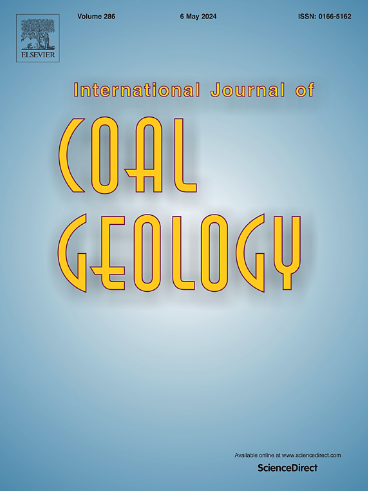A critical review of experimental and theoretical studies on shale geomechanical and deformation properties, fluid flow behavior, and coupled flow and geomechanics effects during production
IF 5.7
2区 工程技术
Q2 ENERGY & FUELS
引用次数: 0
Abstract
Flow in shale differs substantially from that in conventional reservoirs due to unfavorable reservoir features such as ultra-low permeability and very poor porosity. Shale also exhibits considerable anisotropy and heterogeneity, with clay laminae and bedding angle being the primary variables influencing anisotropy. As a result, shale is subjected to high stress sensitivity and deformation during depressurization, which affects fluid flow. Furthermore, non-Darcy flow mechanisms exist thereby making flow in shale a complex phenomenon. Nonetheless, many studies have recently focused on the geophysical and geomechanical characterization of shale. Various works have equally examined the complexity of fluid flow. Numerous studies were particularly interested in the influence of non-linear flow parameters and stress sensitivity on apparent permeability, intrinsic permeability, and porosity during pressure depletion. However, relatively few works, mostly theoretical, have been carried out on coupled flow and geomechanical reactions. This review thus includes a report on fluid flow and geomechanical characterization of shale formation, as well as an identification of the factors that influence rock deformation and fluid flow during production. The review showed that flow regimes are predominantly dependent on pore pressure and pore size, whereas flow regimes regulate apparent permeability. For example, at low pressures and pore radius less than 10 nm, flow regims were found to significantly increase the apparent permeability. However, at higher bulk modulus (>10 GPa), pore radius has essentially no impact, hence, pore pressure becomes the dominant factor influencing flow. In addition, the review shows that during depressurization, geophysical metrics are more sensitive to pressure changes than geomechanical properties. Finally, some results in literature revealed that the impact of geomechanical characteristics on cumulative production can be ignored in competent formations with high Young's modulus (about 6 × 106-10 × 106 psi). In conclusion, recovery from shale could be optimized by integrating experimental studies with hydromechanical models during initial reservoir studies.

对页岩地质力学和变形特性、流体流动特性以及生产过程中流体和地质力学耦合效应的实验和理论研究进行了评述
由于超低渗透率和极低孔隙度等不利的储层特征,页岩的流动与常规储层有很大的不同。页岩也表现出明显的各向异性和非均质性,粘土层状和层理角度是影响各向异性的主要变量。因此,在降压过程中,页岩具有很高的应力敏感性和变形,从而影响流体的流动。此外,非达西流动机制的存在使得页岩中的流动成为一种复杂的现象。尽管如此,最近许多研究都集中在页岩的地球物理和地质力学特征上。各种著作都同样研究了流体流动的复杂性。许多研究特别关注非线性流动参数和应力敏感性对压力耗尽过程中表观渗透率、固有渗透率和孔隙度的影响。然而,相对较少的工作,主要是理论,已经开展了耦合流动和地质力学反应。因此,本文综述了页岩地层的流体流动和地质力学特征,以及生产过程中影响岩石变形和流体流动的因素。回顾表明,流动形式主要取决于孔隙压力和孔隙大小,而流动形式调节表观渗透率。例如,在低压和孔隙半径小于10 nm的情况下,流动模式会显著增加表观渗透率。而在较大体积模量下(>10 GPa),孔隙半径基本没有影响,孔隙压力成为影响流动的主导因素。此外,研究表明,在减压过程中,地球物理指标比地质力学特性对压力变化更敏感。最后,一些文献结果表明,在具有高杨氏模量(约6 × 106-10 × 106 psi)的地层中,地质力学特征对累积产量的影响可以忽略。综上所述,在初始储层研究中,可以通过将实验研究与流体力学模型相结合来优化页岩的采收率。
本文章由计算机程序翻译,如有差异,请以英文原文为准。
求助全文
约1分钟内获得全文
求助全文
来源期刊

International Journal of Coal Geology
工程技术-地球科学综合
CiteScore
11.00
自引率
14.30%
发文量
145
审稿时长
38 days
期刊介绍:
The International Journal of Coal Geology deals with fundamental and applied aspects of the geology and petrology of coal, oil/gas source rocks and shale gas resources. The journal aims to advance the exploration, exploitation and utilization of these resources, and to stimulate environmental awareness as well as advancement of engineering for effective resource management.
 求助内容:
求助内容: 应助结果提醒方式:
应助结果提醒方式:


